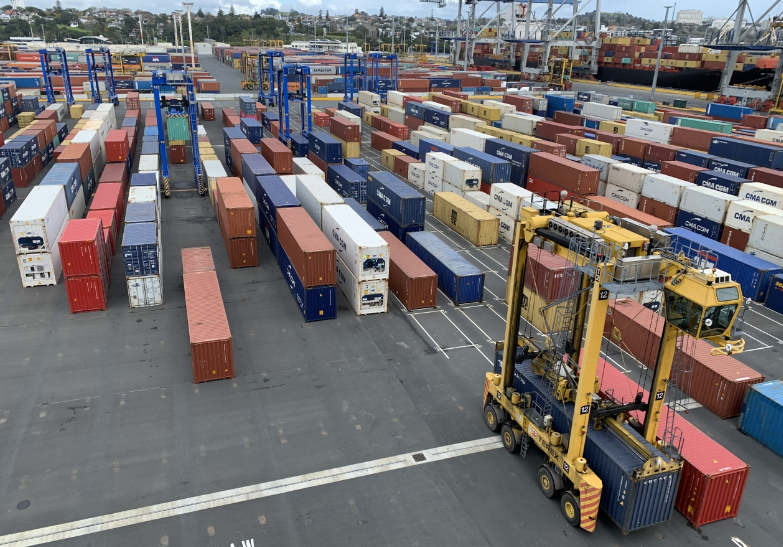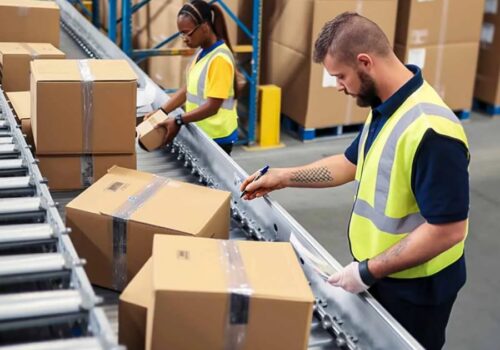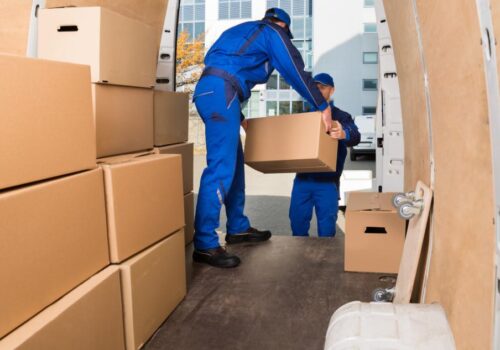How Automation is Transforming Container Transport in Auckland
In the realm of modern logistics, the evolution of automation has brought about a profound transformation in the way container transport in Auckland is managed and executed. The integration of cutting-edge technologies has not only enhanced efficiency but has also revolutionized the entire supply chain process.
The Rise of Automated Systems
With the advent of automated systems, the traditional methods of handling that transport have undergone a significant metamorphosis. From automated stacking cranes at terminals to driverless vehicles for inter-terminal transport, the reliance on manual labour has diminished considerably. These technological innovations have not only expedited the loading and unloading processes but have also minimized human errors, resulting in smoother operations and improved safety standards.
Enhancing Efficiency Through AI
AI algorithms are adept at forecasting demand, enabling companies to streamline their shipping schedules and minimize idle time. Robotics, on the other hand, facilitate the movement of containers with precision and speed, ensuring swift delivery and turnaround times. The amalgamation of AI has ushered in a new era of efficiency and accuracy in transport management.
Sustainable Practices
Automation is not only about enhancing operational efficiency but also about promoting sustainability. By utilizing eco-friendly technologies such as electric-powered vehicles and solar energy systems, companies are reducing their carbon footprint and contributing to a greener environment. The incorporation of sustainable transport practices is not just a trend but a necessity in today’s conscientious business landscape.
The Role of Interislander Freight
When it comes to the transportation of goods between islands or across water bodies, the concept of Interislander freight plays a crucial role. Automating these intricate logistics operations has proven to be a game-changer in ensuring timely deliveries and cost-effectiveness. By leveraging automation technologies, companies managing that freight can optimize routes, track shipments in real time, and enhance overall operational efficiency.
Embracing Innovation
Issues such as cybersecurity threats, system interoperability, and workforce upskilling need to be addressed to fully capitalize on the potential of automated systems. By embracing innovation and investing in robust infrastructure, the industry can navigate these challenges and pave the way for a more efficient and secure Hiab transport ecosystem.
Conclusion
In conclusion, the integration of automation technologies in transport signifies a paradigm shift in the logistics landscape. The synergy between AI, robotics, and sustainable practices is propelling the industry towards unprecedented levels of efficiency and reliability. As companies continue to embrace automation to streamline operations and reduce costs, the future of container transport in Auckland looks promising.





